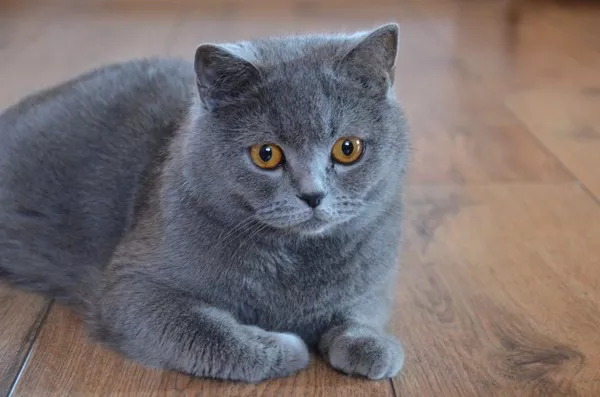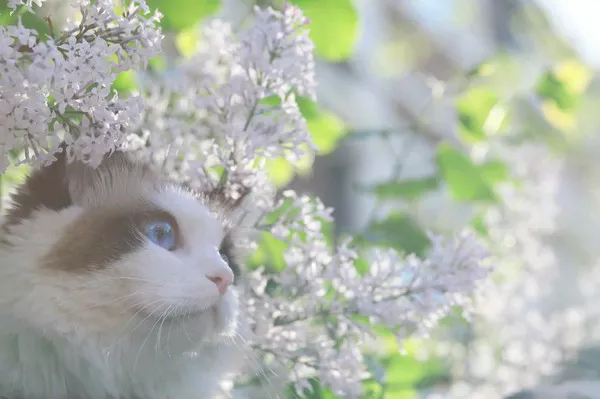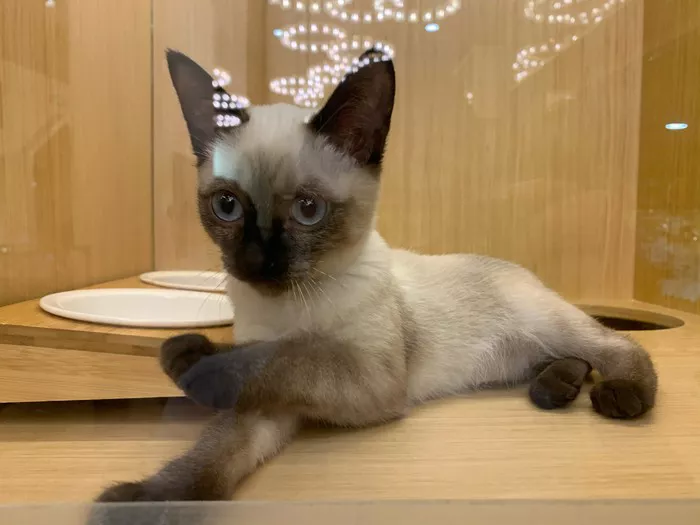Cats are natural explorers who often enjoy the freedom of the great outdoors. However, there are times when transitioning an outdoor cat to an indoor lifestyle becomes necessary or beneficial. Whether it’s for safety reasons, health concerns, or simply to provide a more controlled environment, this guide offers a comprehensive plan for making the transition as smooth as possible for both you and your feline companion.
Understanding the Need for Transition
Transitioning an outdoor cat to an indoor life is a significant change and should be approached with careful consideration. Here are some common reasons why cat owners choose to make this transition:
Safety Concerns: Outdoor cats face numerous risks, including traffic accidents, predation, exposure to diseases, and confrontations with other animals. Transitioning indoors can protect your cat from these dangers.
Health Issues: Cats with specific medical conditions, compromised immune systems, or allergies may benefit from an indoor lifestyle, as it minimizes exposure to environmental allergens and potential disease carriers.
Environmental Impact: Outdoor cats can have a negative impact on local wildlife, including birds and small mammals. Transitioning your cat indoors can help reduce their ecological footprint.
Neighborhood Conflicts: If your cat has had conflicts with neighbors or their pets, transitioning indoors can help maintain peaceful relationships within your community.
Creating a Safe Indoor Environment
Before bringing your outdoor cat inside, it’s crucial to prepare a safe and enriching indoor environment. Here are steps to consider:
Cat-Proofing Your Home: Conduct a thorough safety assessment of your home. Ensure that all windows and doors are secure and that there are no escape routes. Use childproof latches if necessary.
Provide Enrichment: Indoor cats benefit from mental stimulation and physical exercise. Offer a variety of toys, scratching posts, and interactive play sessions to keep them engaged.
Litter Box Placement: Place one or more litter boxes in quiet, accessible locations. Ensure they are kept clean to encourage regular use.
Cat Furniture: Invest in cat trees, shelves, or perches to provide vertical space for climbing and exploring. Cats enjoy having high vantage points.
Natural Light: Allow access to natural light by placing cat-friendly windowsills or perches near windows. Cats love to watch birds and outdoor activity.
Routine and Predictability: Maintain a consistent daily routine for feeding, playtime, and social interaction. Predictability helps cats feel secure.
Gradual Transitioning Process
Abruptly confining an outdoor cat to the indoors can be stressful for both you and your pet. Instead, follow this gradual transitioning process:
Supervised Outdoor Time: Initially, allow your cat supervised outdoor time in a secure enclosure, such as a cat run or enclosed garden. This allows them to experience the outdoors safely while gradually adapting to the indoor environment.
Indoor Exploration: Encourage your cat to explore the indoor space and get comfortable. Provide treats, toys, and attention to make the indoor environment more appealing.
Short Outdoor Trips: If your cat enjoys outdoor time, consider short, leashed walks in a safe area. Use a harness designed for cats to ensure their safety.
Transition to Full Indoor Living: Over time, gradually reduce outdoor time until your cat is fully accustomed to indoor living. Offer plenty of stimulation and attention indoors to compensate for the reduced outdoor access.
Behavior and Training
During the transition, you may encounter behavioral challenges. Here’s how to address common issues:
Scratching: Provide scratching posts and redirect your cat’s scratching behavior to appropriate surfaces. Use positive reinforcement when they use the designated scratching posts.
Vocalization: Cats may vocalize more when transitioning indoors. Ensure they have plenty of toys and engage in play to keep them occupied.
Litter Box Training: If your cat experiences litter box issues, consult your veterinarian to rule out medical problems. Ensure the litter box is clean and easily accessible.
Socialization: Spend quality time with your cat through petting, playing, and cuddling. A well-socialized cat is less likely to exhibit stress-related behaviors.
Monitor Health: Regularly check your cat’s health and consult your veterinarian if you notice any changes in behavior or physical condition.
Maintaining a Happy Indoor Life
Once your cat has successfully transitioned indoors, maintaining their happiness and well-being is essential. Here are some ongoing considerations:
Regular Vet Visits: Schedule routine veterinary check-ups and vaccinations to ensure your cat’s health is in optimal condition.
Diet and Nutrition: Provide a balanced and appropriate diet based on your cat’s age, activity level, and any specific dietary needs.
Play and Enrichment: Continue to engage in daily play and mental stimulation activities to keep your cat physically and mentally active.
Grooming: Regular grooming, including brushing and nail trimming, is essential for your cat’s comfort and well-being.
Love and Attention: Shower your indoor cat with love and attention. Cats thrive on companionship and human interaction.
Conclusion
Transitioning an outdoor cat to an indoor lifestyle is a responsible decision that can enhance your pet’s safety and well-being. By creating a safe and stimulating indoor environment, gradually introducing your cat to the indoors, and addressing behavioral challenges with patience and positive reinforcement, you can ensure a smooth transition. Remember, the key to a happy indoor cat is love, attention, and plenty of engaging activities to keep them content and fulfilled in their new indoor home.



























